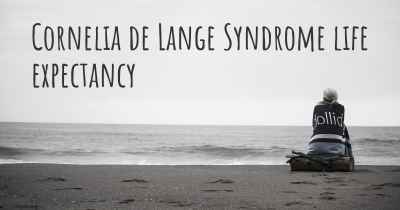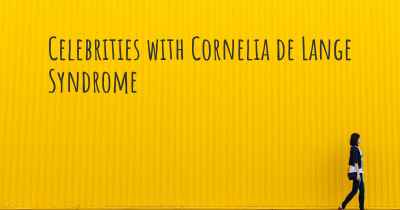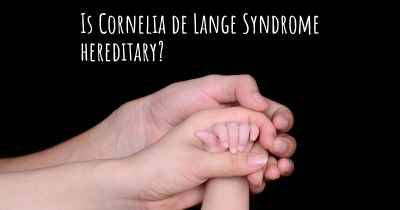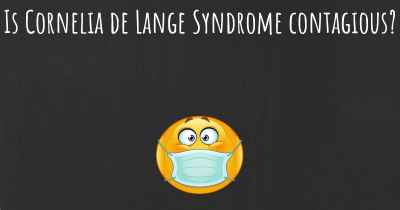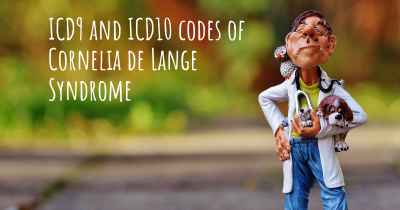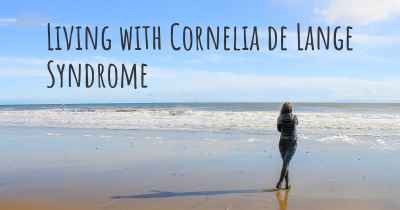How is Cornelia de Lange Syndrome diagnosed?
See how Cornelia de Lange Syndrome is diagnosed. Which specialists are essential to meet, what tests are needed and other useful information for the diagnosis of Cornelia de Lange Syndrome
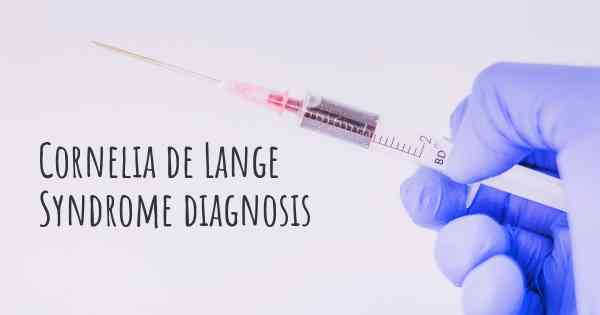
Cornelia de Lange Syndrome (CdLS) is a rare genetic disorder that affects multiple organ systems and causes a wide range of physical, cognitive, and developmental challenges. Diagnosing CdLS can be complex and requires a comprehensive evaluation by a team of medical professionals.
Medical History and Physical Examination:
The diagnostic process typically begins with a detailed medical history of the individual and their family. The healthcare provider will inquire about the presence of specific symptoms and developmental delays. They will also conduct a thorough physical examination to assess the individual's growth, facial features, and any other physical abnormalities that may be associated with CdLS.
Diagnostic Criteria:
The diagnosis of CdLS is based on a set of clinical criteria established by expert consensus. These criteria include characteristic facial features, growth retardation, limb abnormalities, and intellectual disability. The presence of at least three major criteria or two major criteria along with two minor criteria is typically required for a diagnosis.
Genetic Testing:
Genetic testing plays a crucial role in confirming the diagnosis of CdLS. The most common genetic cause of CdLS is a mutation in one of the NIPBL or SMC1A genes. Other genes, such as SMC3, HDAC8, and RAD21, can also be involved. Chromosomal microarray analysis and sequencing techniques are used to identify these genetic mutations.
Chromosomal Microarray Analysis:
A chromosomal microarray analysis is performed to detect any large-scale deletions or duplications in the individual's DNA. This test can identify genetic abnormalities that may be associated with CdLS or other related conditions.
Sequencing:
Sequencing techniques, such as Sanger sequencing or next-generation sequencing (NGS), are used to examine the specific genes associated with CdLS. These tests can identify small genetic mutations or variants that may be responsible for the disorder.
Family Testing:
In some cases, genetic testing may also be recommended for the parents or other family members of the affected individual. This can help determine if the genetic mutation is inherited or occurred spontaneously.
Additional Evaluations:
As CdLS affects multiple organ systems, additional evaluations may be necessary to assess the individual's overall health and identify any associated medical conditions. These evaluations may include:
- Cardiac evaluation: to assess the heart structure and function.
- Hearing evaluation: to check for any hearing impairments.
- Ophthalmologic evaluation: to examine the eyes for any abnormalities.
- Gastrointestinal evaluation: to assess the digestive system and identify any feeding difficulties.
- Developmental assessment: to evaluate the individual's cognitive, motor, and language skills.
Conclusion:
Diagnosing Cornelia de Lange Syndrome involves a combination of clinical evaluation, genetic testing, and additional assessments. The process requires the expertise of a multidisciplinary team of healthcare professionals, including geneticists, pediatricians, and specialists in various medical fields. Early diagnosis is crucial for appropriate management and intervention strategies to improve the quality of life for individuals with CdLS.
